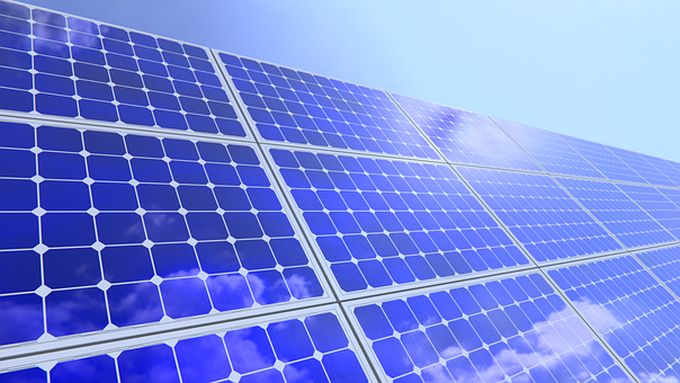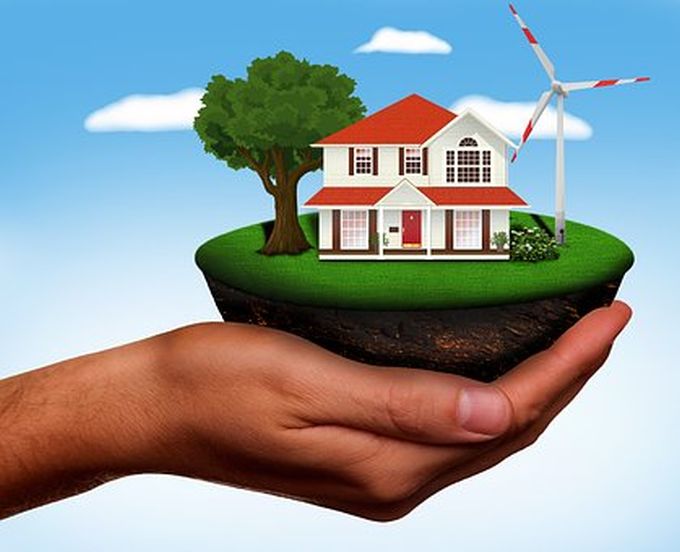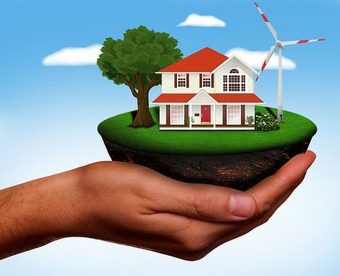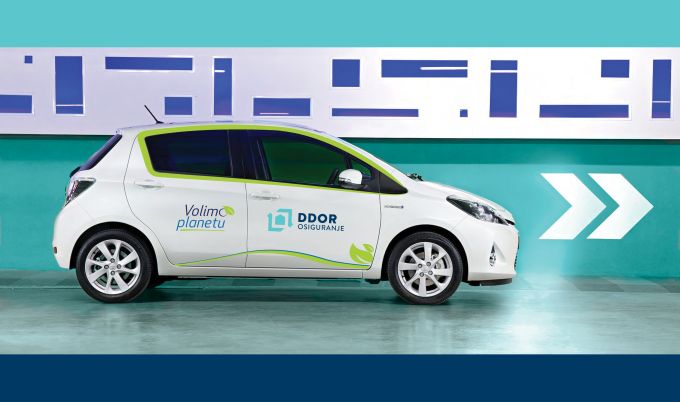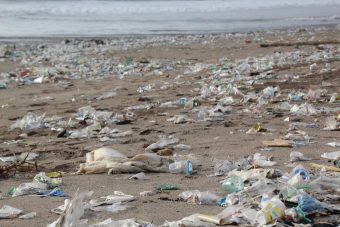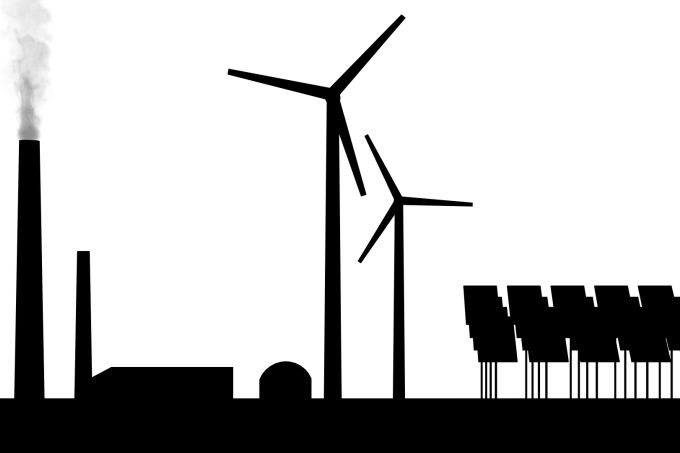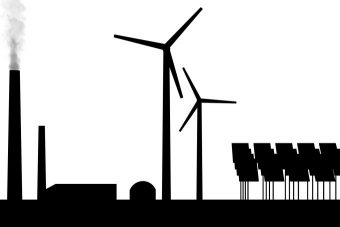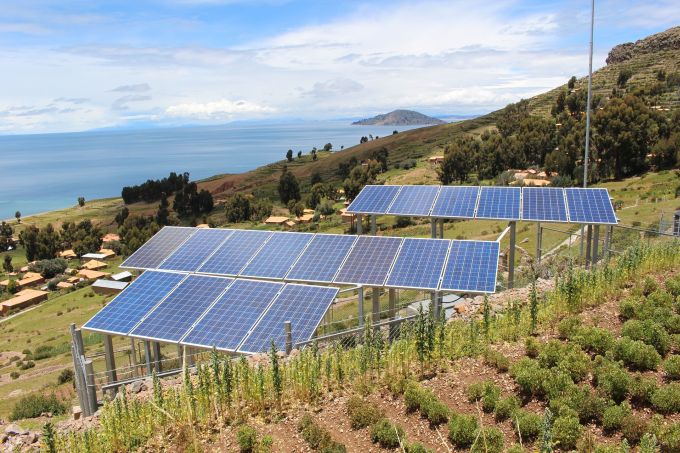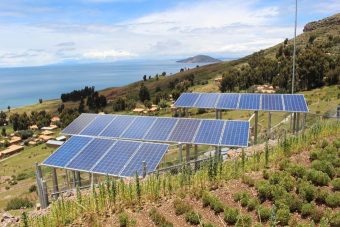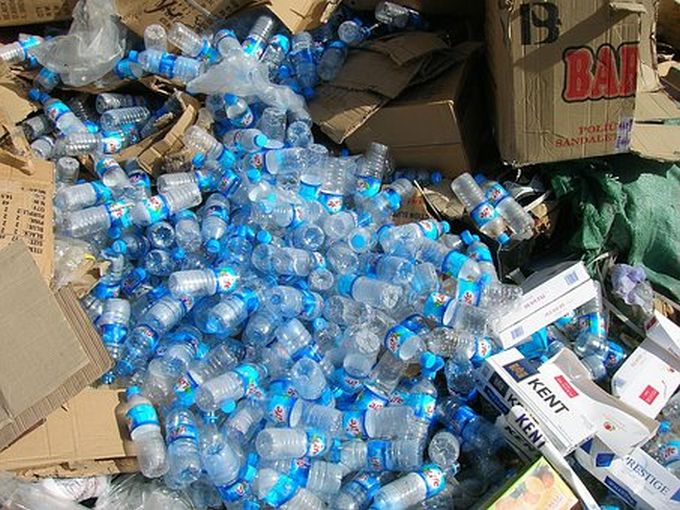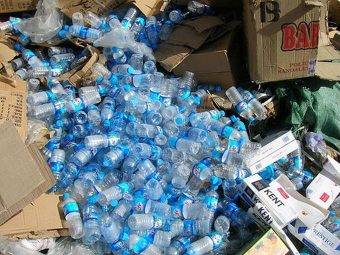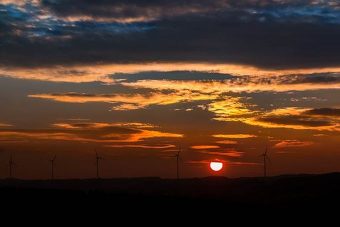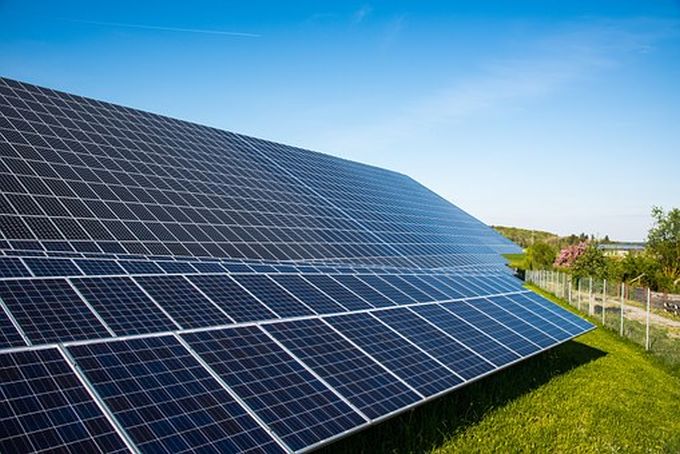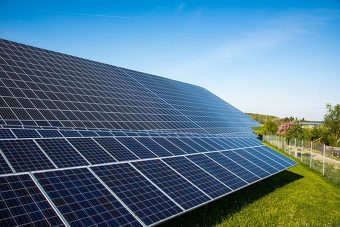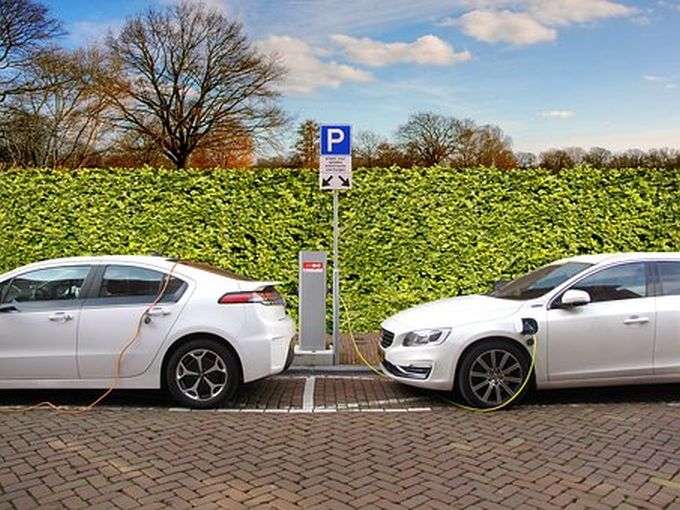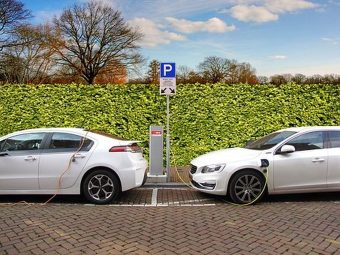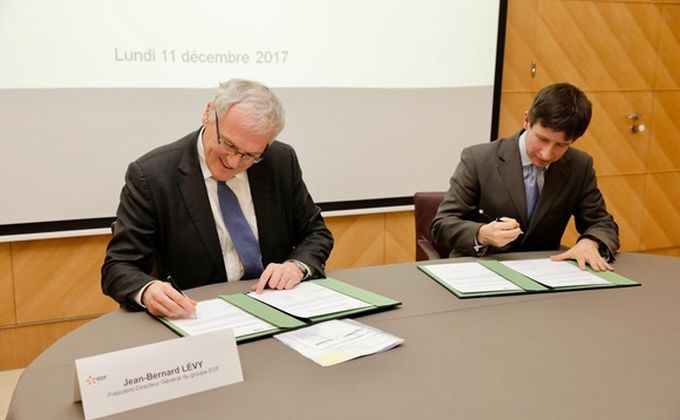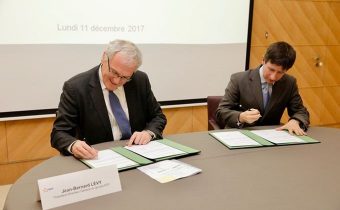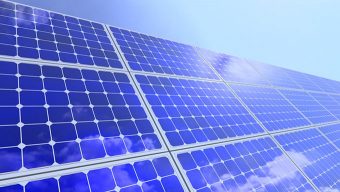
Siemens AG has announced plans to start manufacturing new solar photovoltaic inverters in India through its Indian arm Siemens India.
Siemens India recently launched the Sinacon PV, a new generation 5,000 kVA central inverter which will be manufactured at the Kalwa plant near Mumbai. This inverter is a part of company’s new electrical balance of plant (eBoP) solutions for solar photovoltaic installations.
The Sinacon PV will be equipped with 3 level IGBT modules and designed for harsh environments with fluid cooling that enables the inverter to operate normally up to 60°C of ambient temperature. A solar PV inverter converts the variable Direct Current output of a PV solar panel into an alternating current that can be fed into grid or can be used by a local, off-grid electrical network.
Siemens also plans to locally assemble medium voltage inverter stations as part of its new eBOP solutions which can be easily integrated to the grid.
This move is in line with the India’s ‘Make in India’ initiative which promotes domestic manufacturing in the renewable energy sector. International companies have been continuously eyeing India’s energy sector as it is second most attractive renewable energy market in the world crossing 14 GW of installed solar capacity.
While the plans to start production of the new inverters would have been taken several months in advance, the announcement by Siemens came just weeks after the Indian government announced the plan to auction 77 gigawatts of solar power capacity by March 2020. According the plan announced by the Ministry of New & Renewable Energy, an additional 3 gigawatts will be auctioned in December 2017, 3 gigawatts in January 2018, 5 gigawatts in February 2018, and 6 gigawatts in March 2018. A further 30 gigawatts each will be auctioned in FY2018-19 and FY2019-20. Thus a total of 77 gigawatts will be put on the block by 31 March 2020.
Understandably, this would create a massive demand for solar power equipment, including solar panels and inverters. Siemens enjoys a long standing in the Indian power market and is well-placed to capture the impending opportunities in the Indian solar power market.
Source: cleantechnica.com


